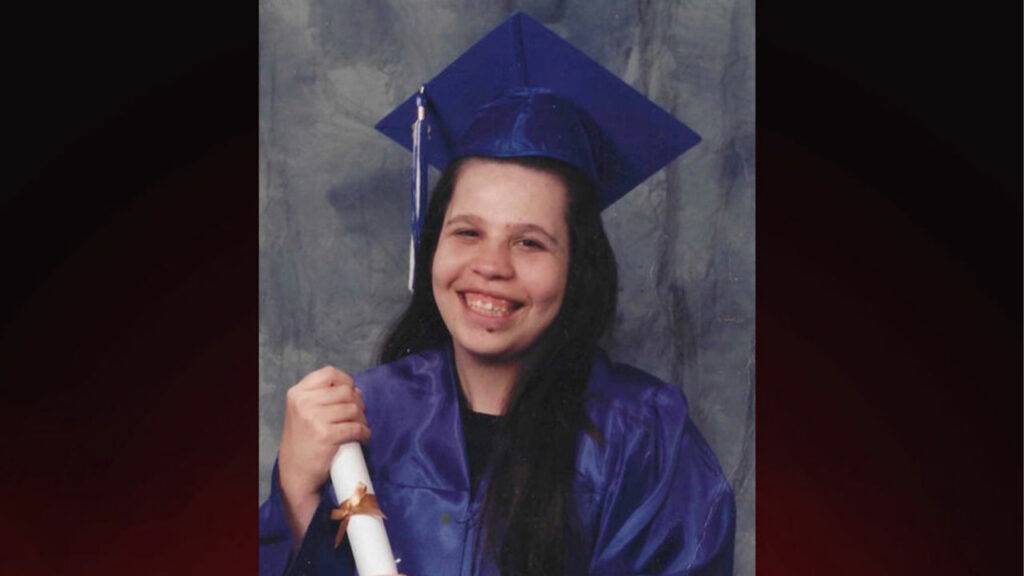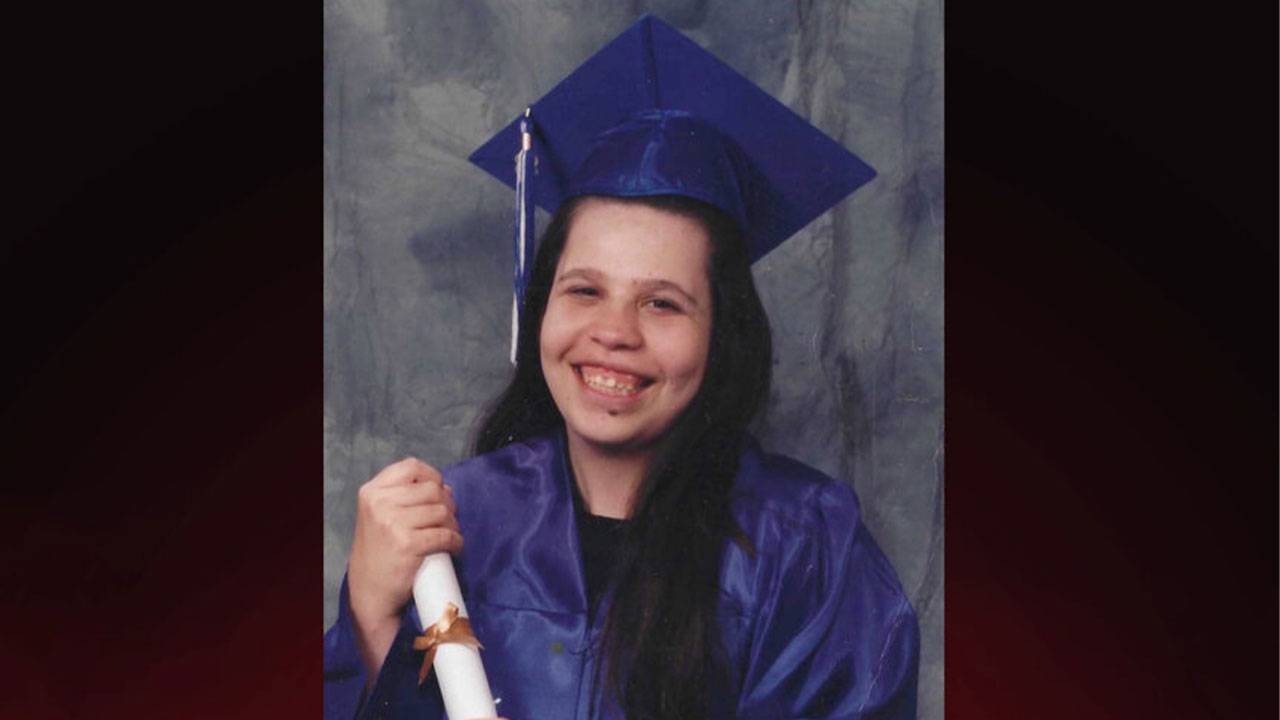In the dark annals of crime, certain cases stand out, haunting our collective memory with their brutality. One such heartbreaking story is that of Amy Robinson, a 19-year-old with Turner Syndrome, who met a tragic end on February 15, 1998.
Who Was Amy Robinson?
Amy Robinson, despite facing the challenges of a mental disability and Turner’s Syndrome, worked as a cashier in Arlington, Texas. Her life took a chilling turn on that fateful day in 1998 when she vanished while riding her bicycle to work. The perpetrators, Robert Neville and Michael Hall, both known to Amy, confessed to luring her into their clutches.

What Happened to Amy Robinson?
“Two people, Robert Neville and Michael Hall, confessed to luring her, taking her to a wooded area, and shooting her.” The grim reality of her torment is further highlighted by the methods employed, including a pellet gun, a crossbow, and a .22 caliber rifle.
Who Killed Amy Robinson?
Amy’s lifeless body was discovered in a grassy field near Mosier Valley, Texas, a poignant reminder of the brutality she endured. This tragic end followed her abduction and murder in a wooded area, a chilling echo of the vulnerability that individuals like Amy’s face.

Amy Robinson Murdered
“Two people, Robert Neville and Michael Hall, confessed to luring her, taking her to a wooded area, and shooting her. Their confessions and other evidence confirmed that Amy was indeed murdered.” The confirmation of her murder through these confessions and corroborating evidence provided a grim sense of closure to the community searching for answers.
The Culprits and Their Fate
The perpetrators, Robert Neville and Michael Hall, not only confessed to their heinous acts but also faced the consequences of their crimes. Neville, with a history of violence, was executed in 2006, while Hall met a similar fate in 2011. The wheels of justice, though slow, eventually caught up with them, offering a semblance of closure to the community and Amy’s grieving loved ones.
Amy Robinson: A Life Cut Short
Amy’s story transcends the confines of a true crime narrative; it serves as a harrowing reminder of the vulnerability of individuals with disabilities and the devastating consequences of senseless violence.





